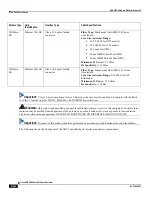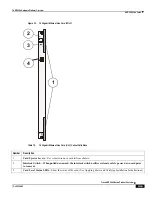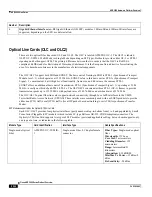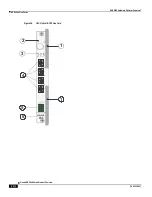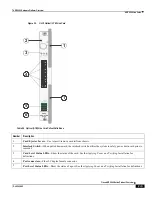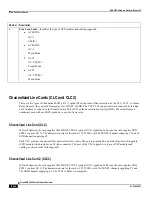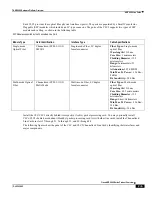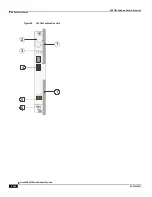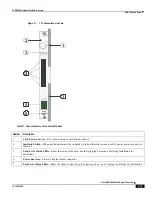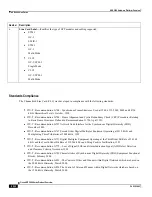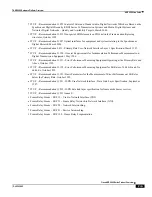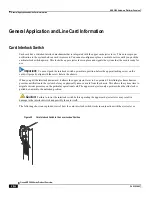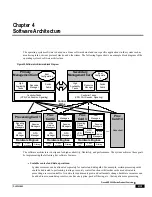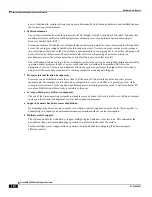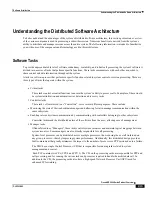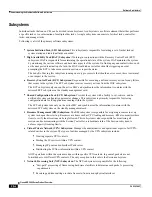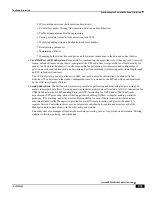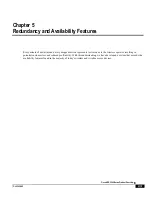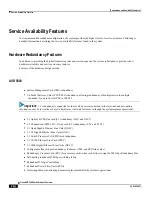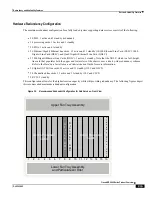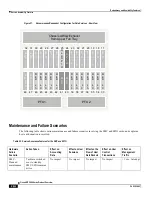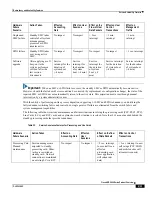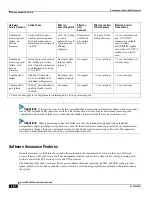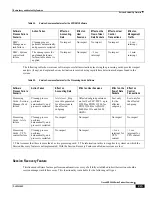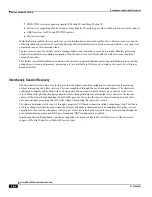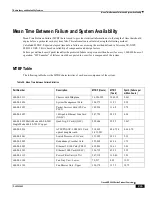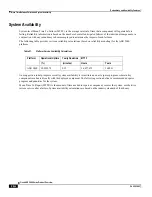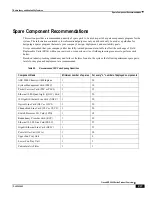
Software Architecture
▀ General Application and Line Card Information
▄ Cisco ASR 5000 Series Product Overview
OL-22938-02
power. Additionally, certain software task sizes are dynamically sized based on hardware and installed licenses
thus conserving system memory.
Fault containment:
The system isolates faults at the lowest possible levels through its High Availability Task (HAT) function that
monitors all system entities for faults and performs automatic recovery and failover procedures using its
Recovery Control Task (RCT).
Processing tasks are distributed into multiple instances running in parallel so if an unrecoverable software fault
occurs, the entire processing capabilities for that task are not lost. User session processes can be sub-grouped
into collections of sessions so that if a problem is encountered in one sub-group users in another sub-group will
not be affected by that problem. The architecture also allows check-pointing of processes, which is a
mechanism to protect the system against any critical software processes that may fail.
The self-healing attributes of the software architecture protects the system by anticipating failures and instantly
spawning mirror processes locally or across card boundaries to continue the operation with little or no
disruption of service. This unique architecture allows the system to perform at the highest level of resiliency
and protects the user's data sessions while ensuring complete accounting data integrity.
Promotes internal location transparency:
Processes can be distributed across the system to fit the needs of the network model and specific process
requirements. For example, most tasks can be configured to execute on an SMC or a processing card, while
some processor intensive tasks can also be performed across multiple processing cards to utilize multiple CPU
resources. Distribution of these tasks is invisible to the user.
Leverages third party software components:
The use of the Linux operating system kernel enables reuse of many well-tested, stable, core software elements
such as protocol stacks, management services, and application programs.
Supports dynamic hardware removal/additions:
By migrating tasks from one card to another via software controls, application cards can be ―hot swapped‖ to
dynamically add capacity and perform maintenance operations without service interruption
.
Multiple context support:
The system can be fully virtualized to support multiple logical instances of each service. This eliminates the
possibility of any one domain disrupting operations for all users in the event of a failure.
Further, multiple context support allows operators to assign duplicate/overlapping IP address ranges in
different contexts.
Summary of Contents for ASR 5000 Series
Page 1: ......
Page 26: ......
Page 48: ...New In Release 10 0 SCM Features Cisco ASR 5000 Series Product Overview OL 22938 02 ...
Page 50: ......
Page 58: ......
Page 68: ......
Page 126: ......
Page 138: ......
Page 146: ......
Page 218: ......
Page 236: ......
Page 356: ......
Page 374: ......
Page 422: ......
Page 496: ......
Page 572: ......
Page 654: ......
Page 700: ......
Page 726: ......
Page 784: ......
Page 816: ......
Page 844: ......
Page 906: ......
Page 926: ......
Page 942: ......
Page 943: ...Cisco ASR 5000 Series Product Overview OL 22938 02 Chapter 30 Technical Specifications ...
Page 966: ......
Page 972: ......

